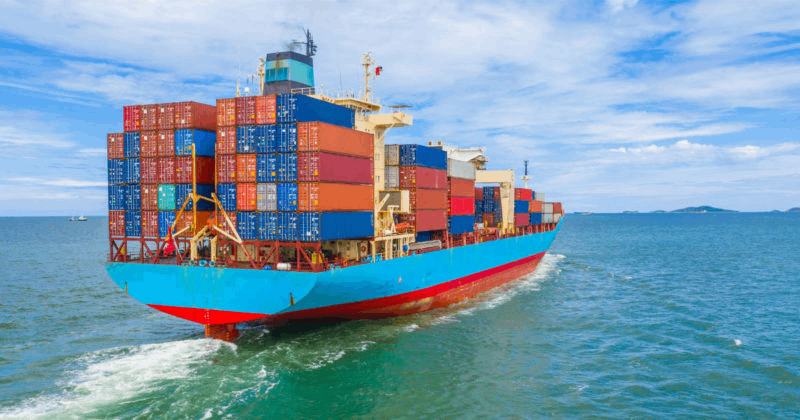Time:2022-02-24 Publisher:Kevin Num:6487

With the end of the Chinese New Year, many factories began to open one after another. However, the congestion at the port has not eased due to the previous holiday.
Yang Ming noted that while the number of ships queuing at U.S. West Coast ports has decreased, the waiting time has also dropped from a month to around 20 days. But there are still nearly 570 ships waiting in line at major ports around the world.
Sea-Intelligence said congestion on the U.S. West Coast is now shifting to other ports, and it predicts that congestion will increase in the coming March and April.
Some experts said that the reason for the reduction of waiting ships may be because it is a low shipping season after the Spring Festival. It suggested that the data in March and April are more informative.
Although the current congestion situation in most of Asia has eased, in North America, the congestion problem is still serious. According to data, an estimated 10% of the global container fleet is in trouble due to port congestion.
Sea-Intelligence predicts an increase in the number of ships scheduled to deliver cargo from Asia to North America in March and April this year will increase port congestion. Not only that, but the increase in the number of ships has also increased the time it takes to load and unload cargo.
The company analyzed that if the time for ships to enter and leave the berth is also included, the congestion at the port will increase and the efficiency of handling containers will be greatly reduced.
To make matters worse, if port congestion shifts to the U.S. East Coast in the ensuing months, it will seriously increase the pressure on East Coast port infrastructure.

Although the number of ships currently calling at the LA/LB ports has dropped a lot, the time it takes to ship from Asia to these two ports is increasing, with serious delays. In fact, the congestion problem of these two ports has become one of the hot topics in the world.
Project44 also said that shippers need to pay attention in the coming weeks as congestion will worsen. As factories resume work one after another, demand will pick up again. In the future, if retailers and other shippers are to increase their inventories, there will be a large number of goods flocking to U.S. ports.
GLA Family hereby reminds the majority of freight forwarders that if there is a shipping demand in the near future, they need to pay attention to the latest developments of shipping in time to prevent your goods from being delayed or lost.



